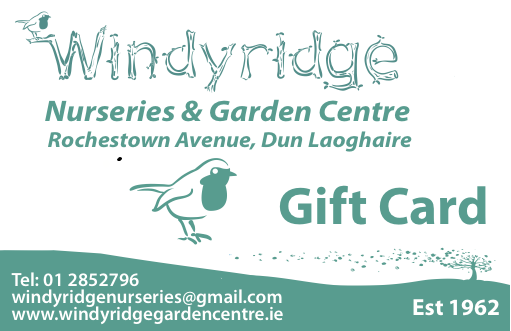Dill (Anethum graveolens) - Description
Potted Anethum graveolensCommon Name: Dill
Other Names: Dill Weed, Garden Dill
Indoors or Outdoor: Typically grown outdoors in gardens, but can be grown in pots indoors.
Size: Dill plants can reach a mature height of 60 to 90 centimeters.
Dill - Delivery
Delivery Info: Your fresh dill seeds or young dill plants will be carefully packaged and delivered to your doorstep, ready for planting.Dill - Characteristics
Mature Size: Dill plants typically grow to a height of 60 to 90 centimeters with a spread of about 30 centimeters.Evergreen or Deciduous: Dill is an annual herb, so it is deciduous, meaning it completes its life cycle within one growing season.
Preferred Position: Dill prefers full sun to partial shade.
Shape - Plant Characteristics: Dill has feathery, delicate, green leaves and produces small, yellow flowers in umbrella-shaped clusters.
Hardy or Not Hardy: Dill is not frost-hardy and is sensitive to cold temperatures.
Diseases: Dill is generally disease-resistant when grown under proper conditions.
Dill - Uses
Uses in Garden: Dill is a versatile herb used both for its culinary and ornamental value. It is commonly used in cooking, especially for pickling, salads, and as a garnish. Additionally, dill attracts beneficial insects to the garden and can be used as a companion plant to deter pests.Dill - Planting Characteristics
Preferred Planting Aspect: Plant dill in a sunny location with well-draining soil.Is it Frost Hardy: No, dill is not frost-hardy and should be protected from cold temperatures.
Fast or Slow Growing: Dill is relatively fast-growing and can be harvested in about 6 to 8 weeks after planting.
Pruning Advice: Pinch back the flowers to encourage leaf production, as the leaves are the primary culinary part of the plant.
Dill - Planting Instructions in an Irish Climate
Sowing Time: Sow dill seeds directly in the garden in spring, after the last frost date. For indoor cultivation, start seeds indoors about 4-6 weeks before the last expected frost.
Instructions: Plant dill seeds or seedlings in well-drained soil, spaced about 30 centimeters apart. Water consistently, but avoid overwatering. Harvest the leaves and seeds as needed for culinary use.
Trench Preparation: Trench preparation is not necessary for dill.
Positioning of Plants: Place dill in a location with at least 6-8 hours of sunlight per day.
Plant Spacing: Space dill plants about 30 centimeters apart to allow room for growth.
Pruning: Regularly pinch back the flowers to prevent bolting (going to seed) and to encourage leaf production.
Facts About Products: Dill is not only a flavorful herb but also a host plant for the caterpillar of the swallowtail butterfly. It adds a unique flavor to a variety of dishes and is a must-have for any herb garden.
Enjoy the fresh and aromatic flavors of dill in your culinary creations by growing this delightful herb in your garden or indoor containers. Order your dill seeds or plants today and elevate your culinary experience with the distinct taste of dill.









